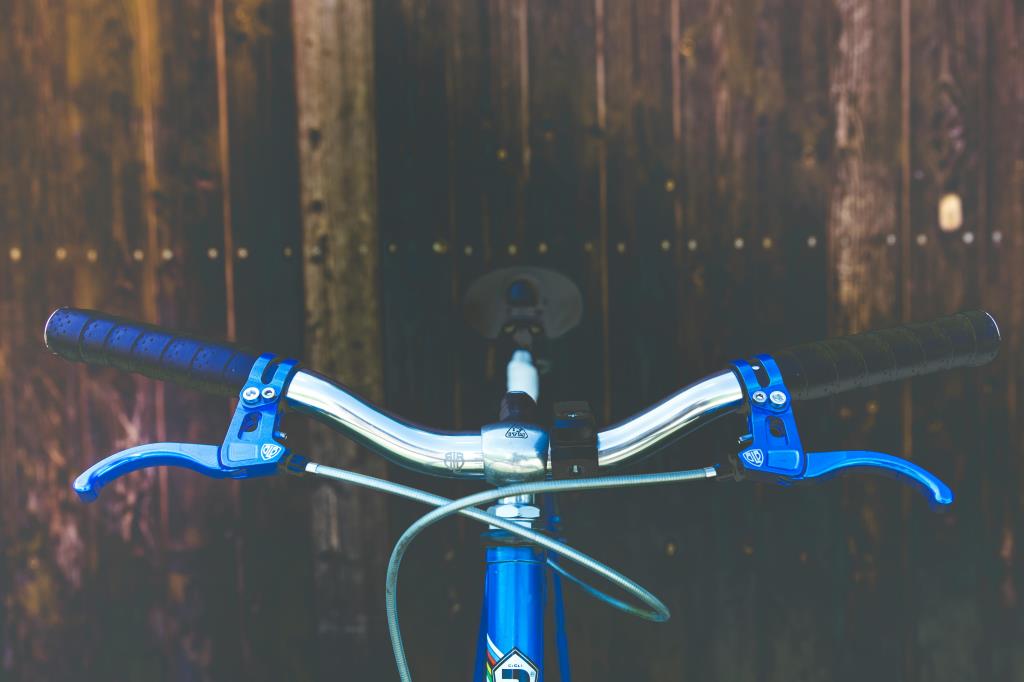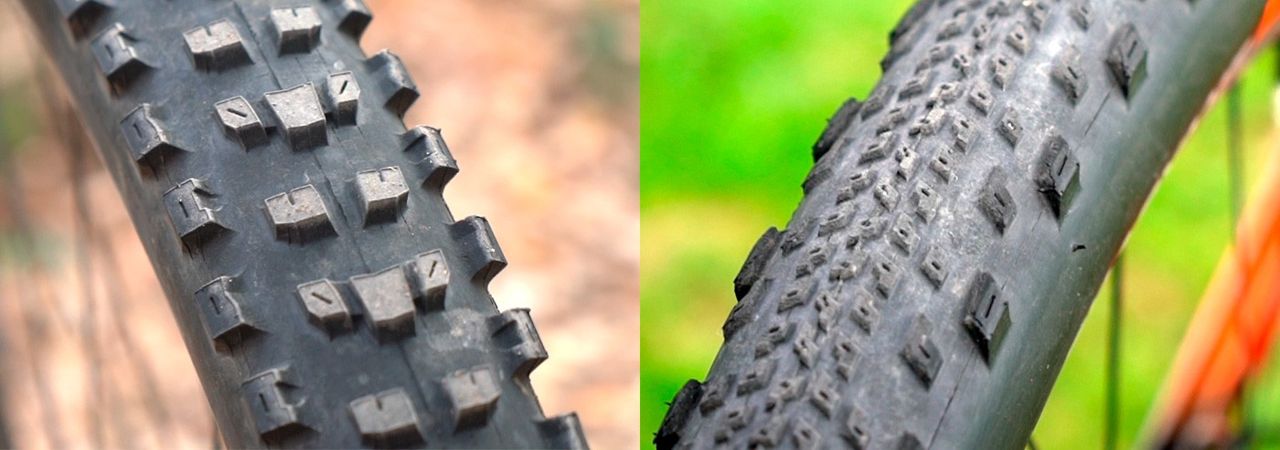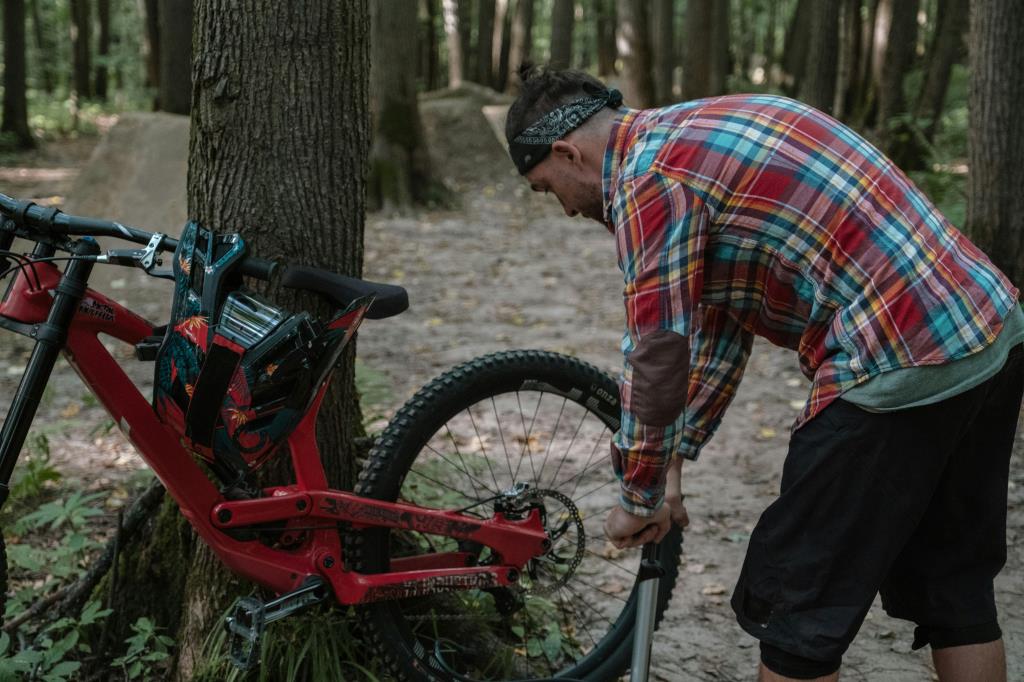Free shipping to every country in the world! (Check conditions)

Bicycle Brake Maintenance: Tips and Type Details
Bicycle Brake Maintenance: Tips and Type Details
The maintenance-brakes-bicycle It is a crucial task to ensure your safety and the optimal performance of your bike. Brakes are one of the most important components of any bike, and proper care of them not only prolongs their lifespan but also ensures that you can stop efficiently when needed. In this guide, we will explore the different types of bike brakes and offer you detailed tips for their maintenance.
Why is bicycle brake maintenance important?
The maintenance-brakes-bicycle is essential to avoid accidents and ensure a safe driving experience. Worn or poorly adjusted brakes can significantly increase braking distance, which can be dangerous in emergency situations. Plus, good maintenance will help you avoid costly repairs in the long run.
Regular brake maintenance also contributes to the efficiency of your bike. A well-maintained brake system can improve your control over your bike, especially in challenging terrain or adverse weather conditions. For example, during a heavy rain, well-maintained brakes can make the difference between stopping safely and a potential accident. Additionally, when your brakes are in good condition, your bike is more responsive, which can make your cycling experience more enjoyable and less stressful.
Types of bicycle brakes and their maintenance
There are several types of bicycle brakes, each with its own characteristics and maintenance needs. Below, we detail the most common ones and offer specific tips to keep them in optimal condition.
1. Rim brakes
The rim brakes Rim brakes are one of the most common types and are found on most road and mountain bikes. These brakes work by applying pressure to the wheel rim to slow it down. There are two main types of rim brakes: V-brakes and caliper brakes.
Rim Brake Maintenance
- Inspection of the shoes: Check your brake shoes regularly to make sure they are not worn. Brake shoes that are badly worn can damage your wheels and reduce braking effectiveness. If the grooves on your shoes are barely visible, it's time to replace them.
- Cleaning the rims: Tires should be clean and free of dirt or oil that can reduce braking effectiveness. Use a damp cloth to clean tires regularly. If tires are dirty, contact with the brake pads will not be as effective, which can lengthen braking distance.
- Adjusting the brakes: Make sure the brakes are centered and the brake pads are making even contact with the rim. This may require adjusting the cable tension. A misaligned brake can cause one brake pad to wear faster than the other and cause the bike to brake unevenly.
- Checking the cables: Brake cables should be in good condition, without fraying or rust. Replace damaged cables immediately, as a broken cable can leave you without brakes at a critical moment.
- Lubrication of pivot points: Lubricates the pivot points of the brake system to ensure smooth movement and prevent corrosion. This is especially important on bikes that are used in wet conditions or stored outdoors.
2. Disc brakes
The disc brakes Disc brakes are popular on mountain and high-performance bikes due to their superior stopping power and performance in wet conditions. These brakes use a metal disc mounted on the wheel, which is acted upon by brake pads. There are two main types of disc brakes: mechanical disc brakes and hydraulic disc brakes.
Disc brake maintenance
- Checking the brake pads: Regularly inspect the pads to ensure they are not worn. Disc brake pads should be replaced when there is less than 1.5 mm of friction material left. Using worn pads can damage the discs, resulting in more expensive repairs.
- Disk Cleanup: Use a disc brake cleaner to clean the discs and remove any oil residue or dirt that may affect performance. Avoid touching the discs with your hands, as natural oils from your skin can contaminate the disc surface and reduce its effectiveness.
- Bleeding the hydraulic system: If your brakes are hydraulic, it is important to bleed the system to remove any air bubbles that may have entered, which could reduce braking effectiveness. This should be done regularly, especially if you notice that the brake lever feels spongy.
- Brake Caliper Alignment: Make sure your brake calipers are aligned correctly to prevent the pads from rubbing against the rotor when you're not braking. A poorly aligned caliper not only reduces braking efficiency, but can also cause premature wear to the pads and rotor.
- Checking the disks: Inspect the discs regularly to ensure that they are not warped or damaged. A warped disc can cause vibrations when braking and reduce the effectiveness of the braking system.
3. Drum brakes
The drum brakes They are less common, but are still used on some urban and touring bikes. They work similarly to drum brakes on cars, where a drum rotates with the wheel and brake shoes press against the inside of the drum to slow the bike. This type of brake is known for its durability and low maintenance.
Drum brake maintenance
- Internal review: Drum brakes require less maintenance, but it is important to check the inside of the drum periodically to ensure that the brake shoes are in good condition. Although this type of brake is more durable, excessive brake shoe wear can damage the drum.
- Lubrication: Make sure moving parts are well lubricated to prevent premature wear. Use a lubricant specifically designed for drum brakes, as other types of lubricants may not withstand the high temperatures generated during braking.
- Tension adjustment: As brake shoes wear, brake tension needs to be adjusted to maintain optimal performance. Improper adjustment can lead to uneven braking and reduced efficiency in emergency situations.
- Drum Check: Inspect the drum to make sure it is not cracked or damaged. A damaged drum can cause inefficient braking and increase the risk of accidents.
4. Coaster brakes
The coaster brakes These brakes are common on single-speed bicycles and some touring bikes. These brakes are activated by pedaling backwards, which locks the rear wheel. They are known for their simplicity and low maintenance.
Coaster brake maintenance
- Mechanism verification: Make sure the internal mechanism is in good condition and free of wear. Although these brakes are durable, wear on the internal mechanism can reduce their effectiveness.
- Lubrication: Apply proper lubricant to internal moving parts to prevent wear. A dry mechanism can cause erratic operation or even complete brake failure.
- Replacing parts: In case of significant wear, you may need to replace some internal parts of the mechanism. It is advisable to have this maintenance carried out in a specialized workshop, since disassembly and assembly of these brakes can be complicated.
General tips for bicycle brake maintenance
Here we offer you some general advice which can be applied to any type of bicycle brake to ensure optimal performance:
- Regular review: Perform regular inspections of all brake system components, including brake shoes, cables, rotors and levers. A regular check can help you detect problems before they become serious failures.
- Cleaning: Keep all components clean and free of dirt or oil. This is especially important for disc brakes, where any contamination can drastically reduce braking effectiveness. A clean brake system not only works better, but also wears more slowly.
- Adjustment: Make sure the brakes are properly adjusted and that the brake shoes or pads make even contact with the braking surface. Incorrect adjustment can cause uneven braking and increase brake shoe or pad wear.
- Use of appropriate tools: Use specific tools for bicycle brake maintenance, such as Allen keys, screwdrivers, and brake cleaners. Using the wrong tools can damage brake components and make maintenance more difficult.
- Consult a professional: If you don't feel comfortable doing maintenance yourself, it's always a good idea to take your bike to a professional shop. An experienced bike mechanic can spot problems you might have missed and ensure your brakes are in tip-top shape.
- Braking test: After performing any adjustments or maintenance, always test your brakes in a safe environment before hitting the road. This will allow you to make sure everything is working properly and that your brakes are responding as they should.
- Proper storage: If you are not going to use your bike for an extended period, make sure to store it in a dry and safe place. Moisture can cause corrosion on brake components, which can affect their performance.
- Defensive driving: In addition to maintenance, the way you ride your bike also affects the lifespan of your brakes. Avoid unnecessary hard braking and use proper braking techniques to reduce brake wear.
Conclusion
The maintenance-brakes-bicycle It is a fundamental part of caring for your bike that should not be overlooked. By following the tips and recommendations we have shared, you will be able to keep your brakes in perfect condition, which will not only improve your safety on the road, but will also extend the life of your bike. Remember that regular and proper maintenance can prevent costly repairs in the future and ensure that you can always stop safely when necessary. Take care of your brakes and enjoy your bike rides with complete peace of mind!












